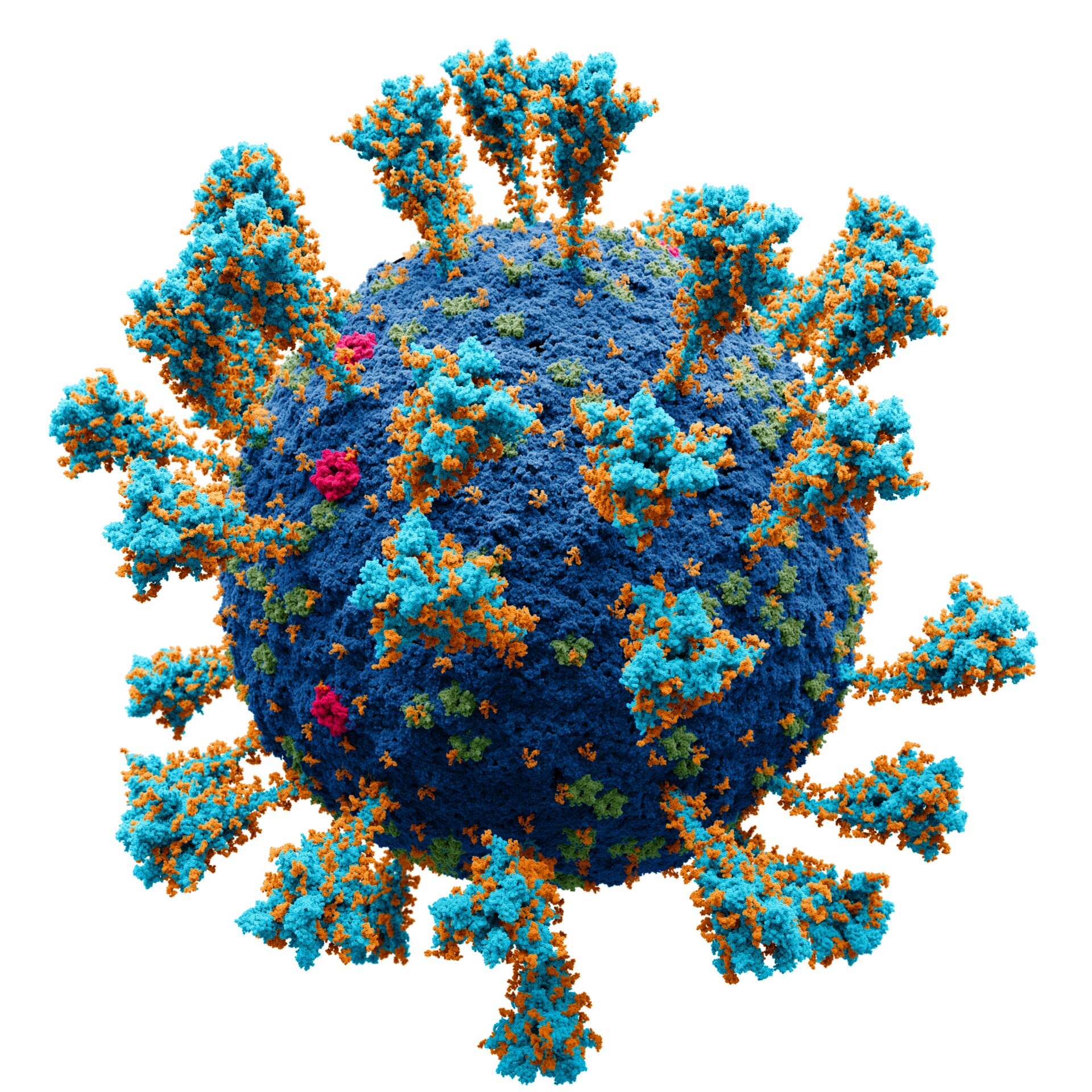Northerner
Admin (Retired)
- Relationship to Diabetes
- Type 1
Transposable elements, or jumping genes, are now known to be responsible for many human diseases. Keeping them repressed by methylation, RNA binding, or the attentions of the innate immune system is a full-time jump for cells.
Last week, we reviewed the activation of one particular kind of transposable element, the Line-1 retrotransposons, in an ever-expanding host of neurodegenerative conditions. Retrotransposons derive from human endogenous retrovirus (HERVs) but typically have lost their signature long terminal repeat sequences at the beginning and ends of their genes.
On Tuesday, a real zinger was dropped onto the medRxiv preprint server that could potentially explain many of the commonly observed pathogenic features of SARS-CoV-2. The authors provide solid evidence that the SARS-CoV-2 spike protein activates the envelope (ENV) protein encoded by HERV-W in blood cells, which is in turn directly responsible for many pathological features of the disease. HERV-W is named for the fact that many retroviruses in the group use a tryptophan tRNA in the primer binding site. Apparently, the shape of the letter W somehow reminded the naming committee of the shape of the ring structure of atoms in the side chain of tryptophan.

 phys.org
phys.org
Last week, we reviewed the activation of one particular kind of transposable element, the Line-1 retrotransposons, in an ever-expanding host of neurodegenerative conditions. Retrotransposons derive from human endogenous retrovirus (HERVs) but typically have lost their signature long terminal repeat sequences at the beginning and ends of their genes.
On Tuesday, a real zinger was dropped onto the medRxiv preprint server that could potentially explain many of the commonly observed pathogenic features of SARS-CoV-2. The authors provide solid evidence that the SARS-CoV-2 spike protein activates the envelope (ENV) protein encoded by HERV-W in blood cells, which is in turn directly responsible for many pathological features of the disease. HERV-W is named for the fact that many retroviruses in the group use a tryptophan tRNA in the primer binding site. Apparently, the shape of the letter W somehow reminded the naming committee of the shape of the ring structure of atoms in the side chain of tryptophan.

SARS-CoV-2 spike protein activates human endogenous retroviruses in blood cells
Transposable elements, or jumping genes, are now known to be responsible for many human diseases. Keeping them repressed by methylation, RNA binding, or the attentions of the innate immune system is a full-time jump for cells.
